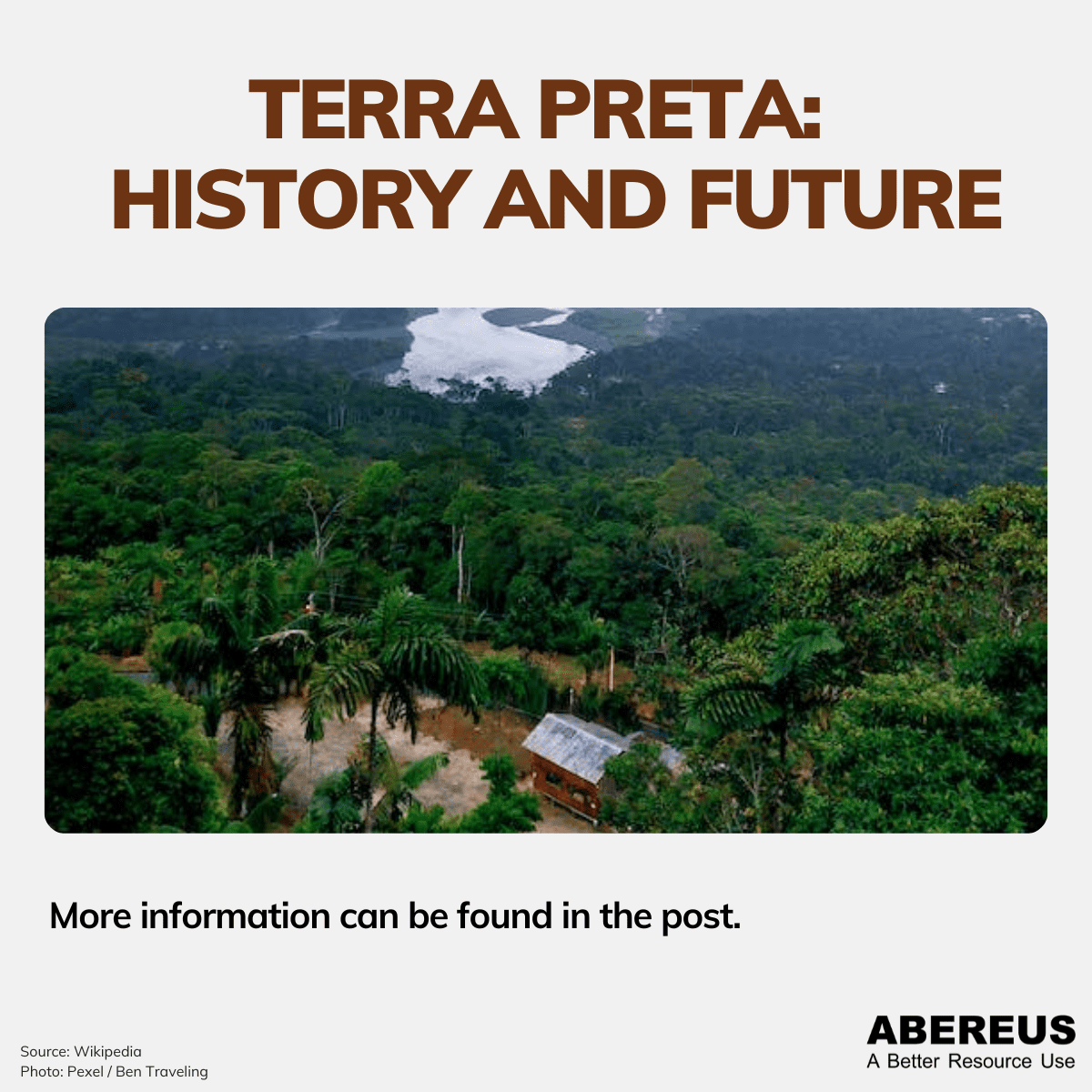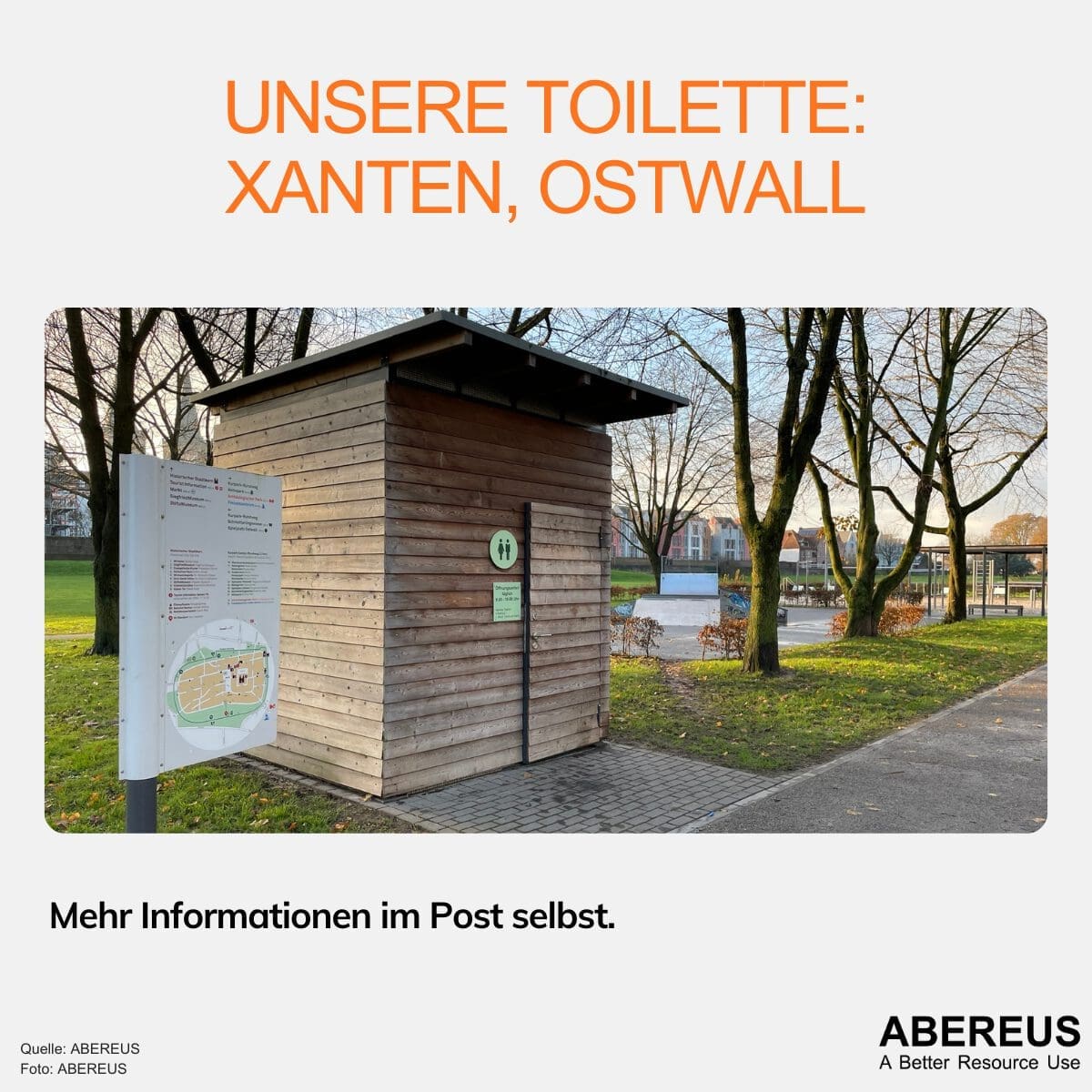Terra Preta: History and Future

Date
Terra Preta, which means “black earth” in Portuguese, is a type of nutrient-rich soil found in the Amazon rainforest. While its origins are uncertain, some theories about Terra Preta: History and Future suggest that it was created by pre-Columbian indigenous peoples. Others propose that it is a more recent phenomenon. Nonetheless, it is clear that Terra Preta has been made by humans. It is created by adding charcoal, bone, and other organic matter to the soil. This increases the level of nutrients like phosphorus, nitrogen, and potassium. These are essential for plant growth.
Terra Preta is also known for its ability to sequester carbon. This makes it a potential tool for combating climate change. The charcoal in Terra Preta can hold significant amounts of carbon. Additionally, the soil can continue to store carbon even after the crops have been harvested. As the world’s population continues to grow, the demand for food increases too. Hence, finding ways to increase food production and reduce carbon emissions will be crucial. It is essential for ensuring a sustainable future. Understanding the Terra Preta: History and Future can guide these efforts.
Research around Terra Preta
The high fertility of Terra Preta has led to interest in using it for agriculture. This is true both in the Amazon and in other regions. Researchers interested in Terra Preta: History and Future have been studying ways to replicate the Terra Preta model. They study regions such as Africa, Asia, and Europe. Additionally, recent research suggests that human feces can be used as a component in creating Terra Preta. This provides a way to manage human waste and produce nutrient-rich soil. We’ll talk about this in more detail in our next Tuesday-Story.
Overall, Terra Preta is a valuable resource. It can be produced and used in many regions of the world. It has huge potential for sustainable agriculture and carbon sequestration. Recent studies of using human feces to produce Terra Preta provide a solution. They offer a way to manage human waste while producing a nutrient-rich soil.
If you’d like to learn more about circular models, get connected and join us for a better resource use.



